Source: https://thenutritionwatchdog.com/this-one-nutrient-can-protect-you-from-fatty-liver-disease/?utm_source=mg&utm_campaign=choline
By: Cat Ebeling, RN, MSN-PHN, co-author of the best-sellers: The Fat Burning Kitchen, The Top 101 Foods that Fight Aging & The Diabetes Fix
There is a silent and serious disease slowly taking over a large portion of our population. Fatty liver disease is becoming increasingly common in many parts of the world—especially the United States. It affects 1 out of five people globally, and is a major risk factor for liver failure, as well as diabetes, heart attacks, and even cancer. In the United States it is the most common liver disease there is.
This disease is called NALFD (non-alcoholic fatty liver disease) or fatty liver. It has definite links to fructose, vegetable seed oils and our overall nutrition. What is this disease?
The main characteristic of this disease is an overload of fat stored in the liver. So much so that the liver cannot function properly. The liver is considered “fatty” when more than 5% of it is fat. Non-alcoholic fatty liver is the initial stage of this liver disease—and at this point—is still reversible.
The biggest problem with this disease is that it often has no symptoms, so it goes undiagnosed. Over time, NAFL can become NASH, or non-alcoholic steatohepatitis. At this point, the inflammation and fat begin to damage the liver cells, leading to scarring of the liver and cirrhosis. By the time the disease advances to NASH, the liver is no longer functioning very well. NASH can be life-threatening and can be the beginnings of liver cancer, an aggressive and difficult-to-treat form of cancer.
The liver is one of the primary organs in our bodies, and one we cannot live without. It is responsible for:
- Production of bile, carries away waste and breaks down fats
- Production of proteins for blood plasma
- Production of cholesterol and special proteins that carry fats
- Conversion of glucose into glycogen for storage
- Processing of hemoglobin for iron
- Conversion of ammonia to urea to be carried out of the body
- Metabolizing drugs and ridding the body of toxins
- Regulating blood clotting
- Creating immune factors to fight infections
- Clearance of byproducts of red blood cells.
When the liver gets overloaded with sugar or starches, it turns starts making fat like crazy. This is the body’s normal response to excess glucose. However, fructose—especially when it comes in the form of high fructose corn syrup, is a trigger to put the liver into overdrive and really turn on the fat production. Because high fructose corn syrup has found its way into virtually all processed foods and drinks, it is the primary cause of fatty liver syndrome—as well as numerous other serious health issues.
Having fatty liver disease comes with a cascade of health issues. First of all, high blood sugar, high levels of inflammation and insulin resistance point you towards diabetes and obesity. As fat builds up in the liver, and surrounding organs, “visceral fat”, is a precursor to many serious, chronic diseases.
Excess abdominal fat also elevates LDL cholesterol, when combined with excess inflammation, making you a prime candidate for heart attacks. What’s even more shocking, is that this disease is not a disease that just middle-aged or older people get. Children, as young as 10 and 12 years old are getting this disease from spending their childhood drinking juice and soda.
What are the risk factors for fatty liver disease? Nonalcoholic fatty liver (NAFLD) is more common in people who exhibit any of these health problems or features:
- Menopausal or post-menopausal women
- People who have had their gall bladders removed
- Obesity
- Type 2 diabetes
- Prediabetes
- Metabolic syndrome
- Hispanic
- Rapid weight loss
- High blood pressure
- Middle aged or older; children can also have NAFLD
- Corticosteroids and some cancer drugs
- Low intake of choline, a necessary nutrient
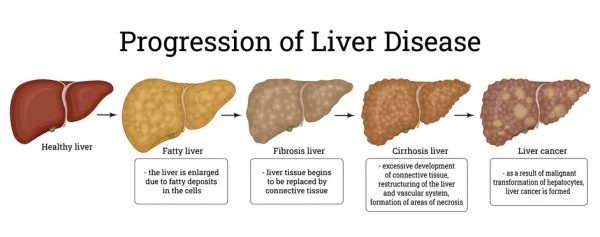
Choline Deficiency and NAFLD
Research now shows that choline deficiency, a key nutrient found in egg yolks and beef liver, is one of the key risk factors that trigger fatty liver disease, along with fructose. According to Chris Masterjohn, who holds a PhD. in nutrition science, choline deficiency actually appears to be an even more significant trigger for fatty liver disease than fructose, and in his view, the rise in this liver condition is largely the result of avoiding liver and egg yolks. Says Dr. Masterjohn:
“More specifically, I currently believe that dietary fat, whether saturated or unsaturated, and anything that the liver likes to turn into fat, like fructose, [sucrose] and ethanol, will promote the accumulation of fat as long as we don’t get enough choline,” Masterjohn says adding:
“Once that fat accumulates, the critical factor igniting an inflammatory fire to this fat is the consumption of too much PUFA (polyunsaturated fat from vegetable … oils).”
When you combine a low choline diet with excessive fructose and starches, you are almost guaranteed to develop fatty liver disease at some point.
What is Choline?
Choline is a nutrient found in egg yolks, beef liver, legumes, nuts, beef, leafy greens. Choline is an essential component of our cell membranes and is required for the synthesis of phospholipids. Choline helps our bodies create the neurotransmitter acetylcholine which is important for memory, mood, muscle control, and other brain and nervous system functions.
Choline also works with the metabolism of B vitamins as well. Choline is essential to make phosphatidylcholine which is important to the structure and integrity of our body’s cell walls. Many people are low in choline due to dietary restrictions (egg yolks, liver) and people who are vegetarians and vegans.
Menopausal Women and Choline Deficiency
Younger women need less choline from their diet than children or other adults because the female hormone estrogen helps the body make choline. After menopause, estrogen levels decline, making it necessary to get choline from the diet. This makes menopausal and postmenopausal women at a much higher risk for fatty liver disease, particularly when they have a poor diet high in sugars and starch.
Choline and B Vitamins
In addition, when someone is deficient in folate, a B vitamin, the need for dietary choline increases even more, because choline is needed to help body utilize B vitamins.
Two very common genetic variations in the PEMT gene and the MTHFR gene (I will discuss these gene variations in an upcoming article) create a higher need for both folate AND choline, further increasing the risk of getting fatty liver disease.
What does this mean?
Post-menopausal women and people with these common gene variations are at high risk for choline deficiency, making them at an even higher risk for fatty liver disease. AND when you combine these factors with a common gene variations, a poor diet–high in processed foods, high fructose corn syrup and processed grains, the chances of fatty liver disease are extremely high.
What are the Symptoms?
Often this sneaky disease causes few, if any, symptoms. If it does, symptoms can include fatigue, loss of appetite, nausea, and discomfort in the upper right abdomen. Left unchecked, it can progress to serious liver problems including:
- Abdominal swelling
- Enlarged blood vessels
- Enlarged spleen
- Red palms
- Yellowing of the skin and eyes (jaundice)
- Mental confusion or dementia
How to Prevent or Reverse Fatty Liver Disease
You can reverse fatty liver disease by changing your diet. Strictly eliminating foods containing fructose and high fructose corn syrup, as well as sucrose or any added sugars is the first step. Avoid these foods:
- Processed foods, especially any foods containing added fructose, corn syrup or high fructose corn syrup.
- Any vegetable seed oils such as soybean oil, canola oil, sunflower oil, corn oil, safflower oil, cottonseed oil
- Alcohol
- Certain medications including acetaminophen and ibuprofen
Foods to eat more of:
- Egg yolks
- Grass fed liver
- Naturally raised meats, poultry and fish—you may need to considering eating these even if you are vegetarian or vegan
- Beans and peas
- Liver boosting foods such as artichokes, arugula, and dandelion
- Green leafy vegetables which are high in folate
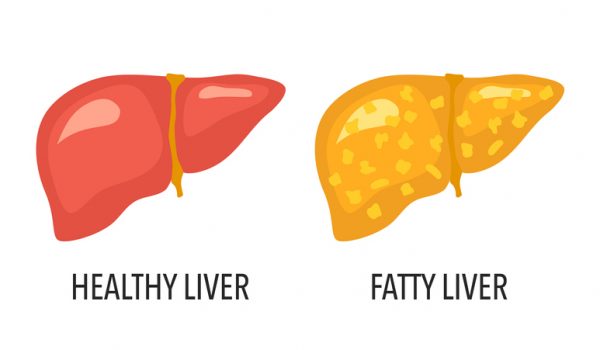
In addition, taking supplements can help the liver clear out fat, while rebuilding and lowering inflammation. Include these supplements:
- Lecithin, which is high in choline
- A multi-B vitamin with natural folate or methylfolate, NOT synthetic folic acid
- Milk thistle which aids the liver
- Zinc
- Selenium
- Berberine, which lowers blood sugar
- Whey protein, shown to reduce liver fat by up to 20%
- Green tea contains catechins which decrease liver fat and inflammation
Other Supplements like probiotics, resveratrol, curcumin, vitamin E, vitamin C and vitamin D may help to naturally improve a fatty liver and overall health.
And don’t forget to get regular exercise, which can help you burn off excess glucose, increase your insulin sensitivity, and help you lose weight.
Could your doctor be missing these warning signs of a lurking health nightmare?
If you struggle with fatigue, belly fat, or brain fog… and he hasn’t been able to help you… then the answer could be “yes”.
But it’s a health risk you can’t afford to ignore. (Go here to find out what it is.)
The great news? Once you discover the truth about this ignored body organ, you can effortlessly renew your endless energy levels, melt away pounds of stubborn belly fat, and regain your sharp thinking.
To find out what doctors rarely check for, watch this shocking report now (click here).
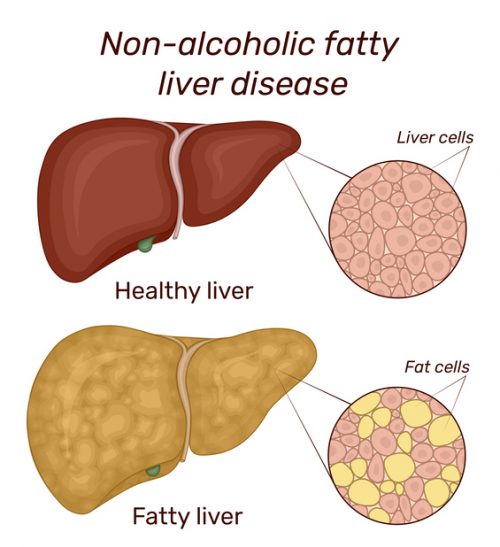
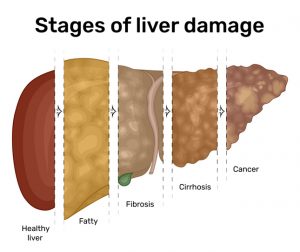
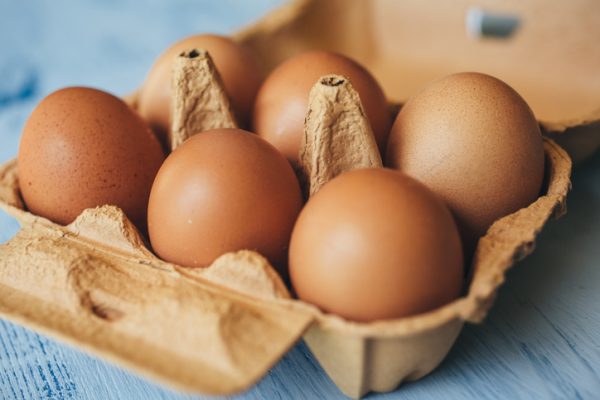
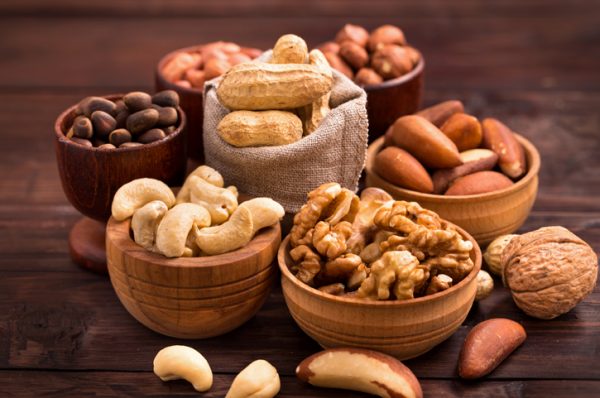
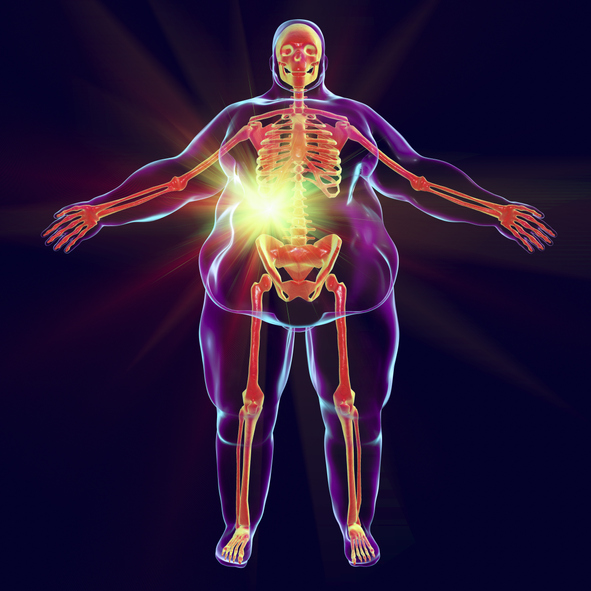
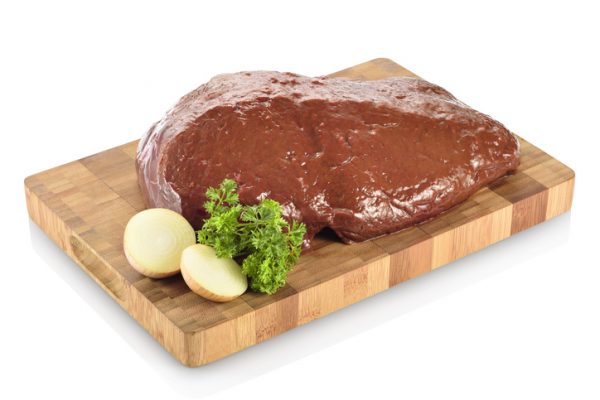
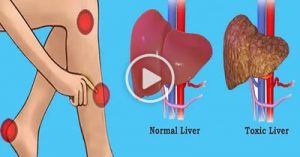
No comments:
Post a Comment